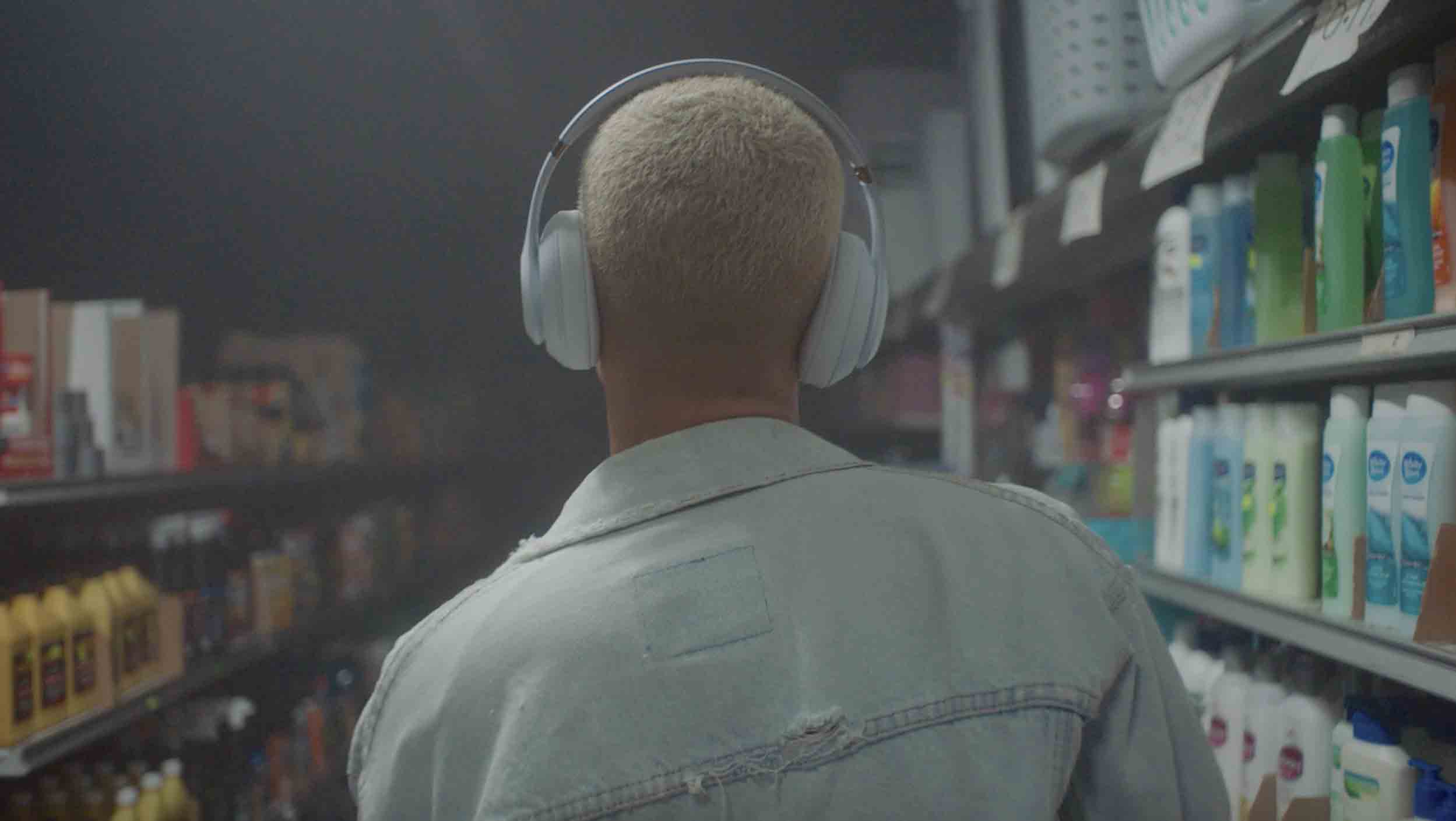Velocity Helping Advertisers Understand New Generations

WHY THIS MATTERS: Research about young consumers can persuade marketers to advertise with TV companies instead of shifting spending to digital.
Like its cable networks MTV and Nickelodeon, Viacom’s branded content unit Velocity puts a premium on understanding youth culture.
It isn’t easy to keep up. Members of Generation Z and the almost-grown-up millennials are very different from the group that once demanded their MTV.
As part of its first effort, Velocity’s research efforts suggest that youth had four pillars, according to Lydia Daly, senior VP of social media and branded content strategy.
The four are: close culture (family and friends); crowd culture (culture created together via social media and other venues); mass culture (once predominant, but still influential); and deep culture (an array of subcultures, such as comic book collectors). Digital media and social media have made it easier for like-minded people to link up around the world, building stronger, deeper cultures.
The next step for Velocity was to figure out what that means for brands, Daly said. Velocity commissioned proprietary research and conducted interviews with a range of academics, influencers and young people to better understand four key cultural pillars: visual communication, shared experiences, fame and storytelling.
Visual communication goes back to the days of the cavemen. Now, though, the younger generations are again communicating visually and brands need a dictionary; however, no dictionary exists for symbols such as emojis. In Velocity’s surveys, 52% of young adults said “using GIFs, emojis, or memes makes messaging as personal as talking in person,” and 68% said they’ve gone somewhere because they saw pictures of something on Instagram.
Broadcasting & Cable Newsletter
The smarter way to stay on top of broadcasting and cable industry. Sign up below
“To young consumers, brands are increasingly being thought of as people,” Daly said, and they should act like people. “Part of that is that they should know how to use visual language.”
Following the Allure of Fame
The power of fame is also changing and different types of famous people are blending and becoming social and influential. Daly said she remains amazed that social influencers are still obsessed with getting on TV and trying to become famous in a more traditional sense.
Young people also crave experiences they can do in real life. Social media gives them more information about what to expect from these experiences — and deviation from those expectations can be disappointing. At the same time, 85% of people in these generations think that “the experience they just had is only as good as the picture they post about it on Instagram,” Daly said.
The last area Velocity is looking at is how brands should react to current events, such as when Roseanne Barr tweeted offensive ideas and her show got cancelled. “What do they expect brands to do?” Daly asked. “We’ve made a really key effort to field this survey across the country, because we’re interested to see if there is a divide between Middle America and the East and West Coasts.”
Velocity is already sharing its insights with advertisers.
“We do workshops and we spend days with clients where we take their brand marketers through these things, often in a bespoke fashion where we talk about some key learnings for their particular brands,” Daly said.
One workshop was done for Procter & Gamble that dealt mainly with how best to leverage influencers and celebrities as a tactic. Even as culture shifts, “they still could leverage influencers in new ways and think about how this new force of fame is something they can tap into,” she said.
Velocity also used its insights about deep culture to create a campaign for Beats and MTV. It created Lit!, a video series for MTV that focused on dance culture. Through social video, dancers from deep cultures were able to share what they do. Lit! consists of dance tutorials, choreography and dancer profiles. More than 25 unique pieces of content were created for MTV fans.
Beats was incorporated into a custom episode of Lit! It featured dancer Mette Towley and choreographer and host Tanisha Scott performing moves that spurred the #LemonDanceChallenge Movement. To demonstrate the Beats “Above the Noise” brand message, Towley was featured wearing Beats’ Studio headphones in relevant segments throughout the video.
“It’s a good example of this idea that now we know because of social media and social listening, these deep cultures exist and we can create content that reflects that for these audiences,” Daly said.
Jon has been business editor of Broadcasting+Cable since 2010. He focuses on revenue-generating activities, including advertising and distribution, as well as executive intrigue and merger and acquisition activity. Just about any story is fair game, if a dollar sign can make its way into the article. Before B+C, Jon covered the industry for TVWeek, Cable World, Electronic Media, Advertising Age and The New York Post. A native New Yorker, Jon is hiding in plain sight in the suburbs of Chicago.

